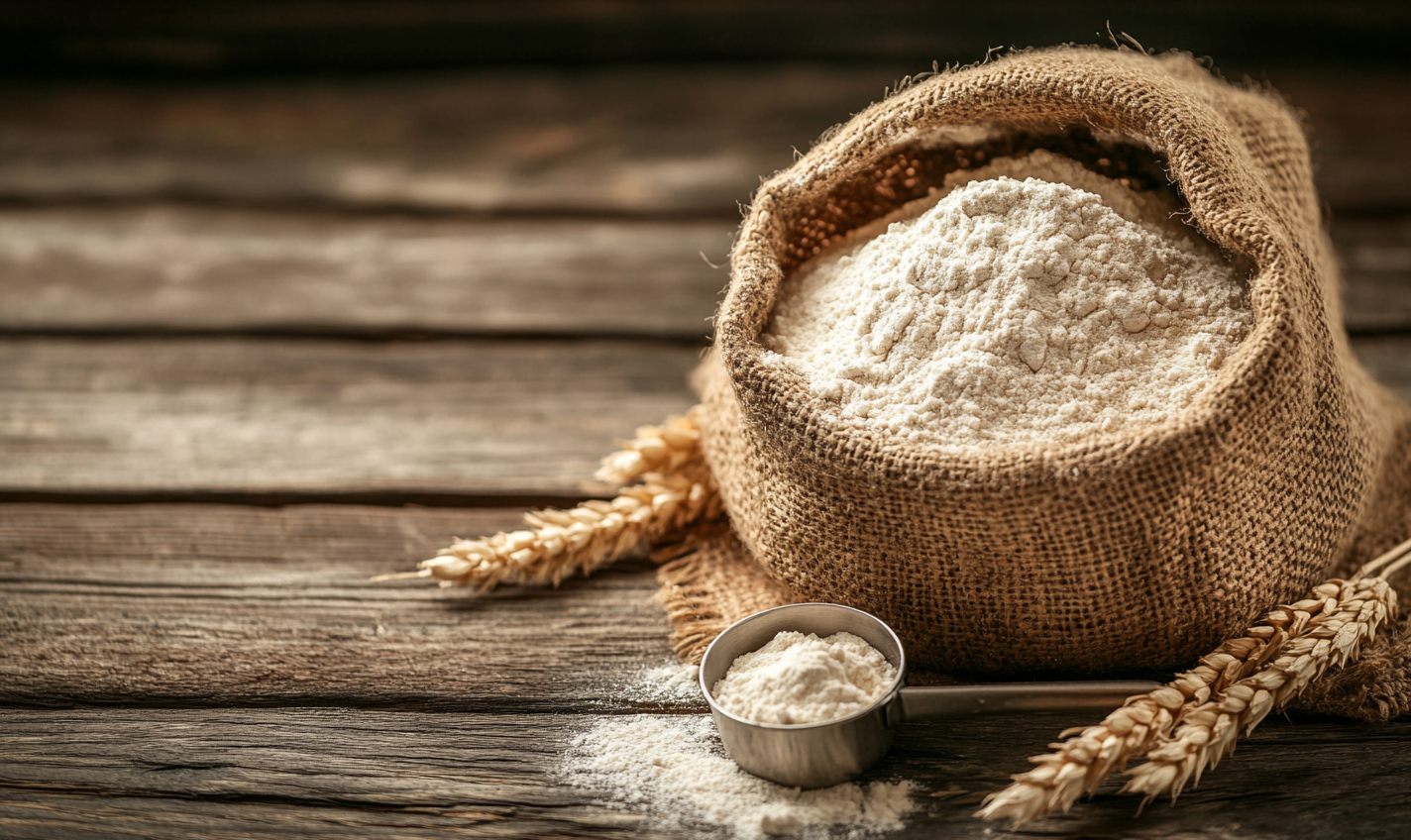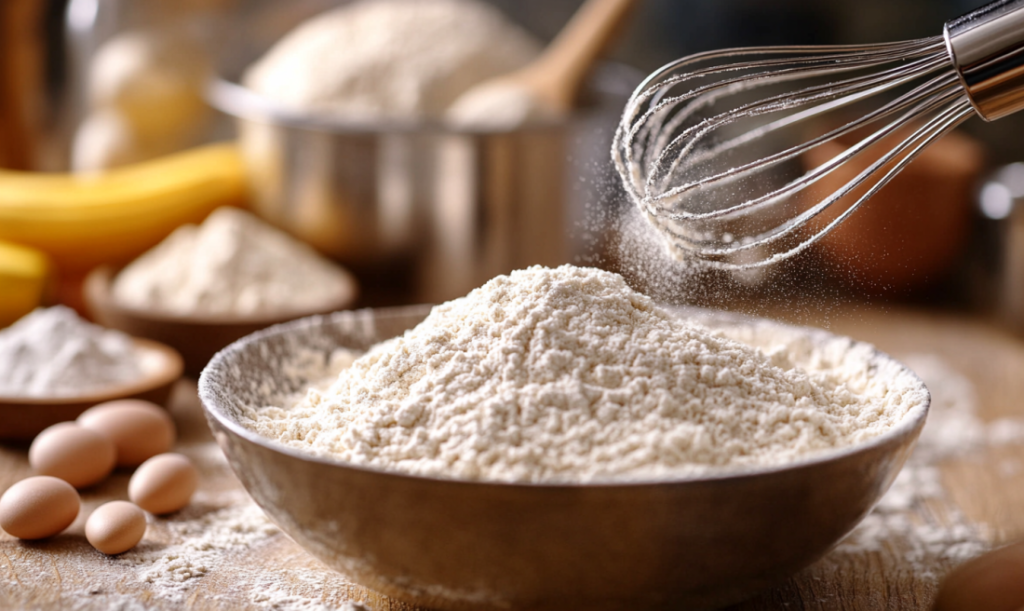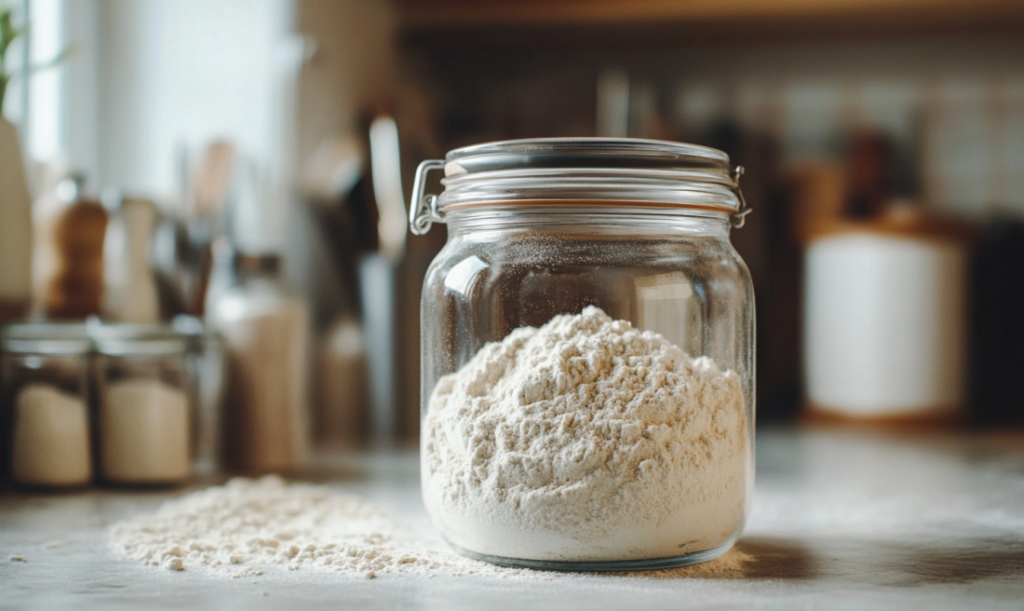Wheat flour is a pantry staple found in nearly every kitchen, used for baking, cooking, and a variety of other culinary purposes. But like all foods, wheat flour has a shelf life, and understanding how to store it properly can help you maximize its freshness and flavor. In this guide, we’ll explore how long wheat flour lasts, how to store it, and how to tell if your flour has gone bad.
Does Wheat Flour Go Bad?
Yes, wheat flour can go bad, especially if not stored under the right conditions. Flour is made from grains, and like all grains, it is susceptible to spoilage due to exposure to air, moisture, and pests. Over time, flour can lose its freshness, develop a rancid smell, or even become infested with insects if not stored properly. The key to extending the life of your flour is proper storage in a cool, dry place.
How Long Does Wheat Flour Last?
When stored in a cool, dry place, unopened white wheat flour can last up to a year. Whole wheat flour, on the other hand, has a shorter shelf life due to its higher oil content and should be used within 3-6 months. Once opened, it’s best to store flour in an airtight container to keep it fresh. Refrigeration or freezing can extend the shelf life of both types of flour, with whole wheat flour lasting up to 8 months in the fridge.
How Long Can Wheat Flour Sit Out?
Flour is best stored in a cool, dry place, but if left out in the open air for too long, it can absorb moisture and odors from the environment, which can lead to spoilage. It’s essential to keep flour in a sealed container and avoid leaving it out for extended periods, especially in humid environments. For the best results, store flour in the refrigerator or freezer if you live in a warm or humid climate.
How To Store Wheat Flour Safely
To keep wheat flour fresh, store it in an airtight container in a cool, dry place away from direct sunlight. If you purchase flour in bulk or live in a particularly warm or humid environment, consider storing it in the refrigerator or freezer to extend its shelf life. Always check the expiration date on the package, and if in doubt, give the flour a sniff—if it smells off or has a musty odor, it’s best to discard it. Here’s a quick guide on how to store wheat flour under different conditions:
Wheat Flour Storage Conditions
| Storage Method | Temperature | Duration |
|---|---|---|
| Pantry (Unopened White Wheat Flour) | Cool, Dry Place | Up to 1 Year |
| Pantry (Unopened Whole Wheat Flour) | Cool, Dry Place | 3-6 Months |
| Refrigeration (Opened White or Whole Wheat Flour) | 35°F – 40°F (1.6°C – 4.4°C) | 6-8 Months |
| Freezing (Opened White or Whole Wheat Flour) | 0°F (-18°C) | Up to 1 Year |
Signs Wheat Flour Has Gone Bad
- Smell: Fresh flour has a neutral, slightly nutty aroma. If your flour smells sour, musty, or off, it’s a sign that it has gone bad.
- Appearance: Flour that has changed color, developed clumps, or shows signs of insect infestation should be discarded immediately.
- Texture: Flour should have a fine, powdery texture. If it feels oily or has a gritty consistency, it may have gone rancid and should not be used.
Most Asked Questions About Wheat Flour
- How long does wheat flour last?
- How to store wheat flour?
- Can wheat flour go bad?
- What happens if you use expired wheat flour?
- How to tell if wheat flour is bad?
The Role of Wheat Flour in Baking
Wheat flour is an essential ingredient in baking, providing the structure and texture that makes bread, cakes, and pastries rise and hold their shape. The type of wheat flour you use can significantly impact the outcome of your baked goods. Whether you’re using white flour for a light, fluffy texture or whole wheat flour for a denser, more flavorful result, the quality of the flour is crucial. For more details, you can visit the Wheat Flour page.


